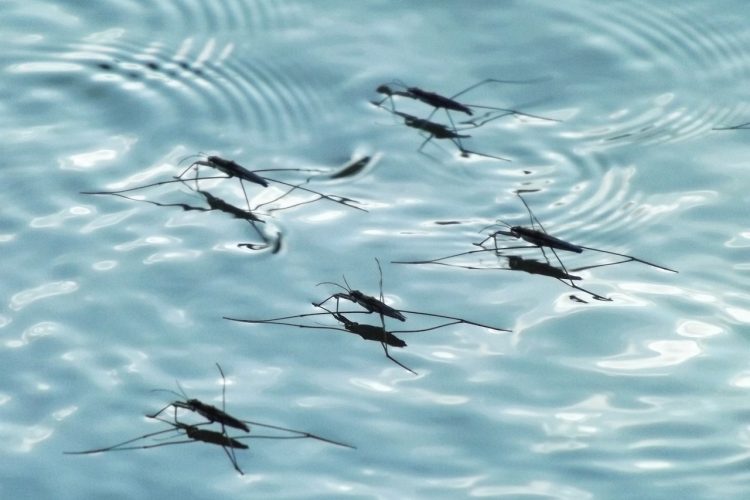Effects of insecticides on the aquatic environment


The heavy rainfall in May and July this year caused several floods in the Republic of Croatia. After the rivers had receded into their beds, standing water remained in certain areas. This water, combined with above-average temperatures, created ideal conditions for the development of a large number of new generations of mosquitoes. On average, it takes about a week for a mosquito to develop from a larva to an adult. Mosquitoes are not only annoying pests, but can also transmit dangerous diseases such as malaria, dengue, chikungunya fever, the Zika virus and the West Nile virus. Due to the increasingly pronounced climate change, these typically tropical diseases are also becoming a reality in our regions. In the Republic of Croatia, infection with the dengue virus was confirmed in 2010 and the disease caused by the West Nile virus in 2012 and has occurred regularly every year since then.
In order to protect public health and prevent epidemics, treatments of adult mosquitoes are carried out as needed with various insecticides that are duly registered and authorised for use. The most commonly used are permethrin and cypermethrin (e.g. Amplat and Cytrol).
Cypermethrin is an insecticide that belongs to the group of synthetic pyrethroid insecticides. They are very effective and are widely used in public hygiene, in agriculture and forestry and in households. They can be found in numerous preparations against mosquitoes and other insects as well as in shampoos for pets and products against pests on indoor and garden plants. Apart from its effectiveness, however, cypermethrin is characterised by a broad spectrum of action, i.e. it is harmful to beneficial insects such as bees. It is also toxic to plankton and fish.
The Josip Juraj Strossmayer Water Institute has been monitoring the presence of cypermethrin in surface waters in Croatia since 2022 as part of regular monitoring. Samples are taken and analysed at over 130 locations every month. The maximum permitted concentration for cypermethrin in surface waters is extremely low at 8×10^-5 µg/l. In June, early July and mid-August 2023, after the mosquito treatments, elevated concentrations of cypermethrin were detected in surface waters in the treated areas. In the first half of 2023 and in September and October 2023, no cypermethrin was found in the samples analysed from the same locations. These results are a clear indication of the impact of humans on the aquatic environment and the need to reconcile human interests with nature conservation. Treating mosquito larvae with biological agents and releasing sterile mosquitoes is certainly more environmentally friendly than treating them with insecticides. It is up to each individual to help reduce the number of mosquitoes by removing potential breeding sites from the environment, e.g. containers with water, car tyres and similar objects where water can accumulate.